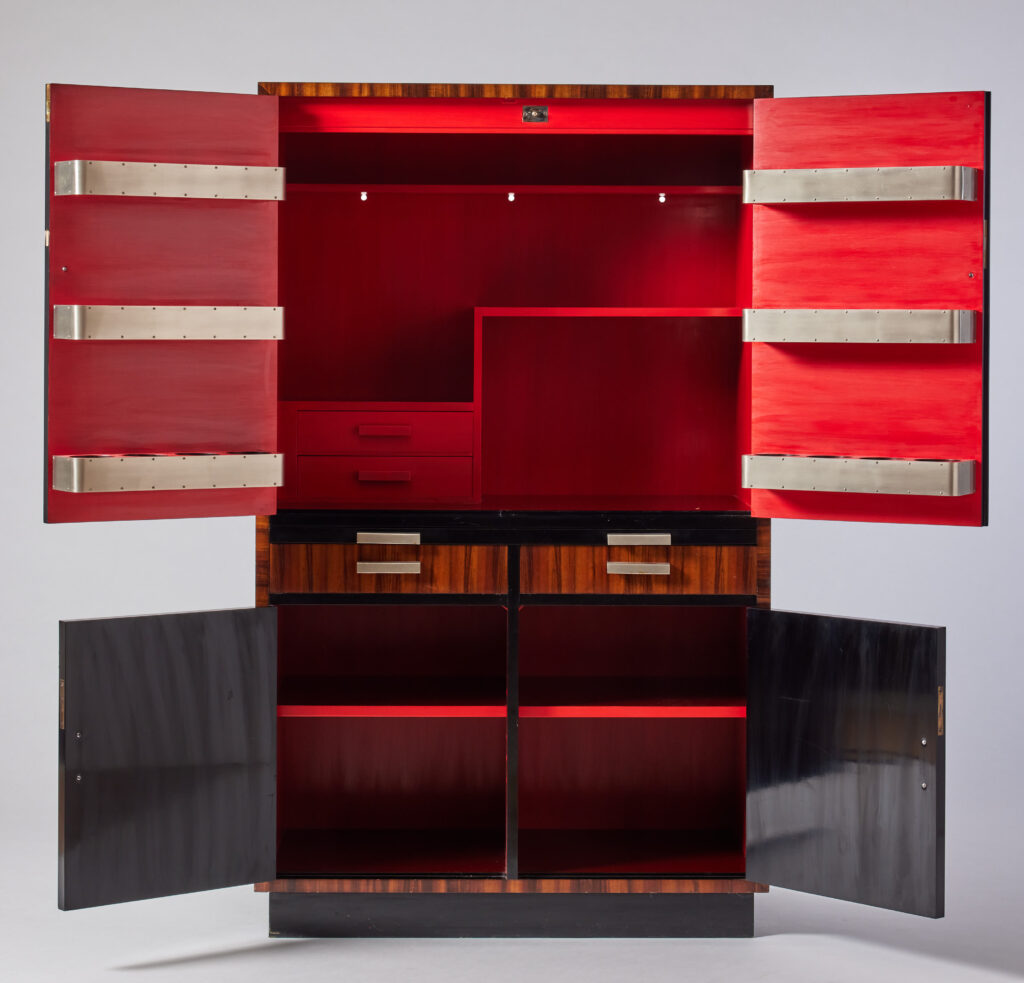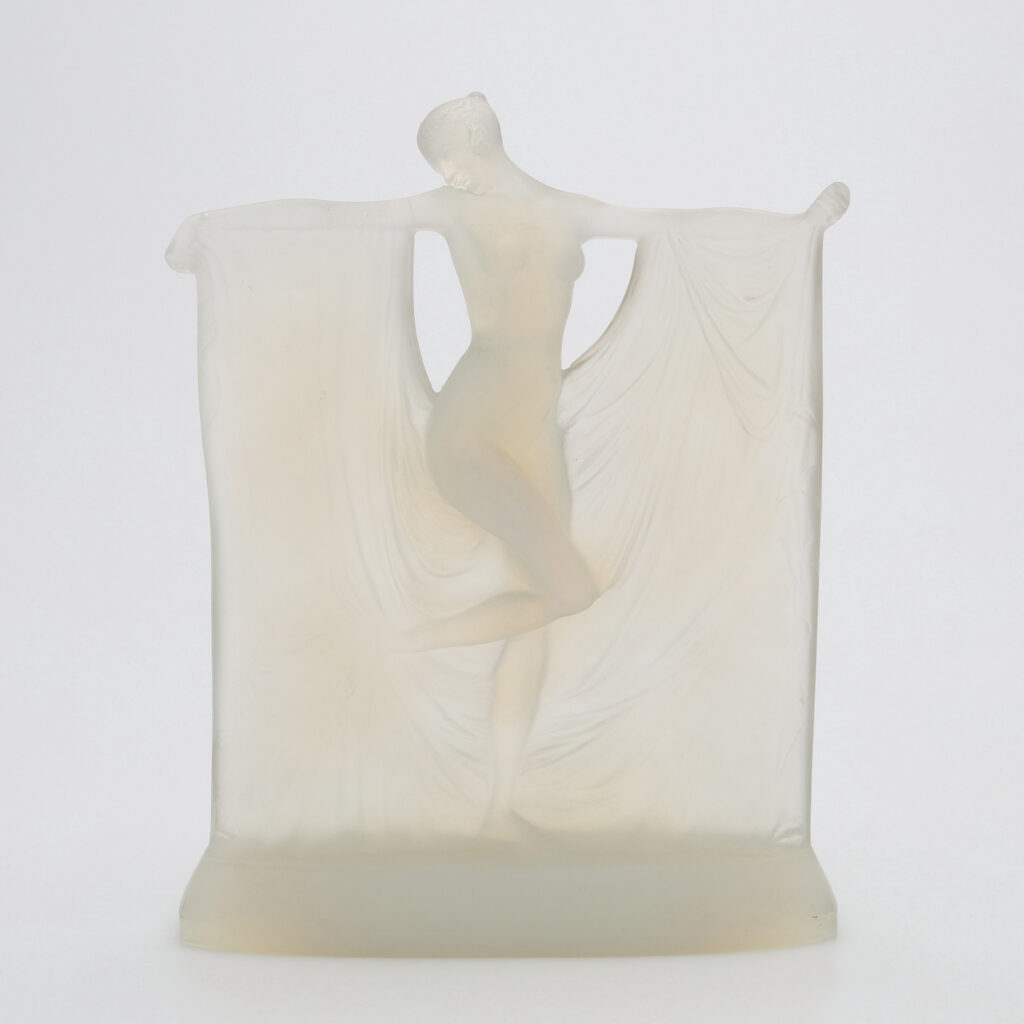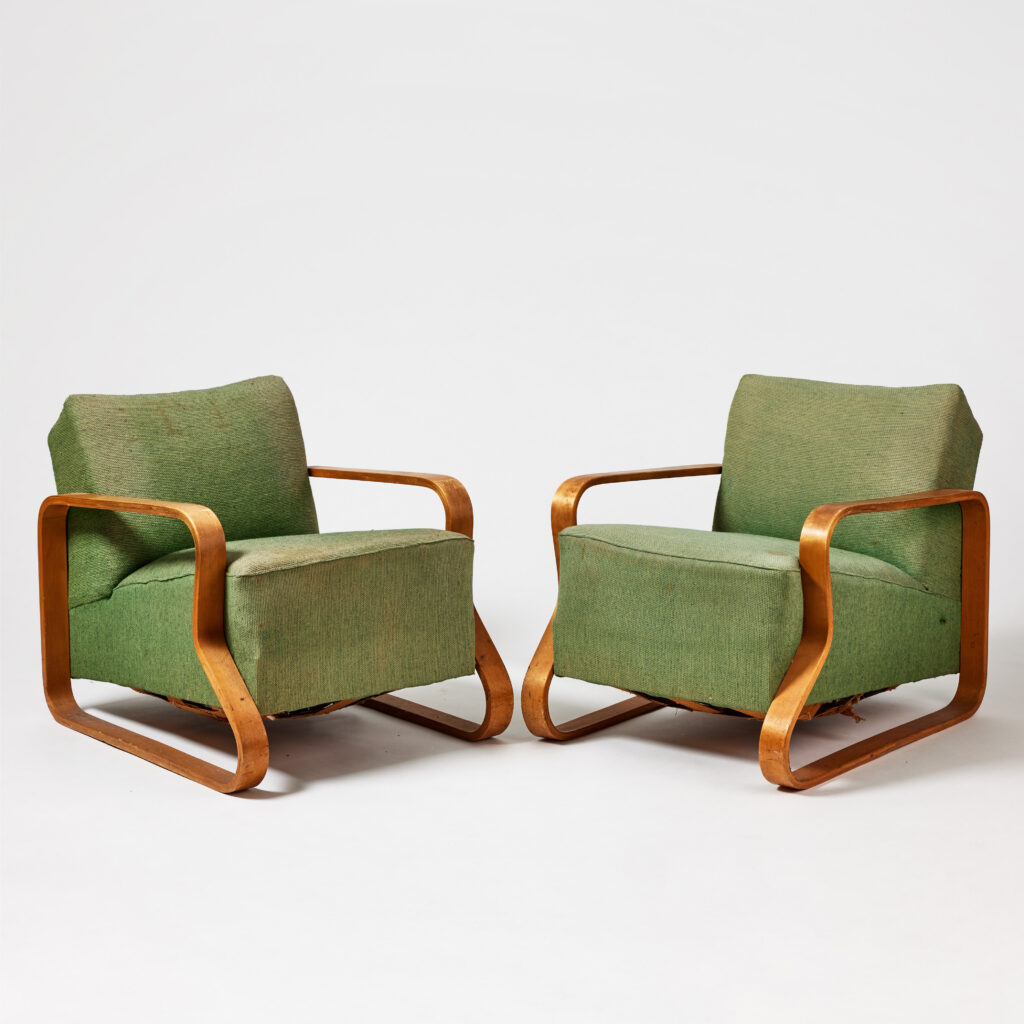This week, we feature a guest post by Kayleigh Davies, a publisher and antiques expert at Auctionet, a prominent online auction platform based in the UK. With fifteen years of experience in the auction industry, Kayleigh is also recognized for her expertise on the TV show Cash in the Attic and serves as a consultant for Miller’s Antiques Handbook & Price Guide.
While there are some eras we aren’t quite ready to see again (1990s chintz, anyone?), some 20th-century design styles have a magnetic pull. Mid-century modern is sleek and cool, and Art Deco has irresistible glamour—both have been winning our hearts and wallets for some time. But while lots of pieces look amazing, not all are destined to be great investments.
So, how do you move beyond just liking the look and develop an expert eye for spotting pieces that might actually appreciate value? It’s part knowledge, part gut feeling. Despite claiming some “expertise” after years in the auction industry, I still come across pieces I’ve never seen before that have that unexplainable magic—and I’m usually proven right when they go under the hammer.
Image source: Auctionet
Feel the Difference: Quality You Can (Usually) Touch
First rule: touch everything—gently, of course. The best way to learn is to get up close and personal. Investment pieces usually shout quality. Forget flimsy veneers that peel at the thought of a damp cloth. We’re often talking about solid woods like rich teak or walnut or metals with real heft, like proper brass or sturdy chrome, not just plating.
Check the joints. Are they neat? Is the finish smooth? These aren’t just pretty details—they’re clues that something was built to last. Don’t feel embarrassed to pull out drawers or check the undersides. It’s not nosy; it’s smart.

Image source: Auctionet
What’s in a Name? Makers Make a Difference
Ever wonder why an Eames chair costs so much? A big part of it is the name. Pieces linked to design legends like Charles and Ray Eames and Hans Wegner, or the sheer artistry of Émile-Jacques Ruhlmann and from the art deco era, simply carry more cachet.
Learn their styles and hunt for labels or maker’s marks. Then there’s provenance—the piece’s life story. Did it belong to someone notable? Was it featured in a vintage design magazine? That kind of history adds layers of interest and, yes, value. A little homework goes a long way here. Copies abound, so do your research and get familiar with the key features of the real thing.

Image source: Auctionet
Era Icons: Why Art Deco and Mid-Century Aren’t Going Anywhere
Some design styles have serious staying power. Art deco oozes luxury with geometric shapes and lush materials like exotic woods and shiny chrome. Finding a beautiful Lalique vase or a standout Deco sideboard feels like unearthing treasure.
Then there’s mid-century modern—cool, clean-lined, and functional. Especially hot right now? Scandinavian design, with its beautiful woods and smart, comfortable shapes from names like Arne Jacobsen or Alvar Aalto (not strictly Scandinavian since he’s Finnish, but too good to leave out). Pieces that truly embody their era tend to hold their value brilliantly.

Image source: Auctionet
Predicting the Future: Trends, Tips, and Tiny Living
I’m often asked what will stay popular or become the next big thing. If I could say for sure, I’d be a lot richer! But we can make educated guesses.
One thing to remember: People have to live with their purchases. Here in the UK, ceiling heights have shrunk significantly over the last century, so that monumental wall unit might feel overwhelming in a modern home. Think about how items will fit the needs and tastes of future buyers.
This is why I love lighting. We might not all have space for a sideboard, but everyone needs a ceiling light. Keep an eye on what’s actually selling. Online auctions are great for this—track final prices and see what collectors are currently chasing.

Image source: Auctionet
Wrapping It Up: Collect Smart, Collect Happy
Spotting investment-worthy 20th-century design isn’t some dark art. It’s about training your eye for quality, learning about the makers and the history, and watching the market.
While finding a piece that rockets in value is the dream, the real joy comes from living with designs you genuinely love. If you get years of pleasure from something, does it really matter what it’s worth? Aim for quality. Know the story. Buy what speaks to you.
Who knows? I love chairs, and my children often roll their eyes when yet another one comes through the door. I hope one day I’ll be proven a smart buyer rather than just the Crazy Chair Lady—but in the meantime, I’ve got a great place to sit.
Happy hunting!
WorthPoint—Discover. Value. Preserve.
Credit: Source link






























